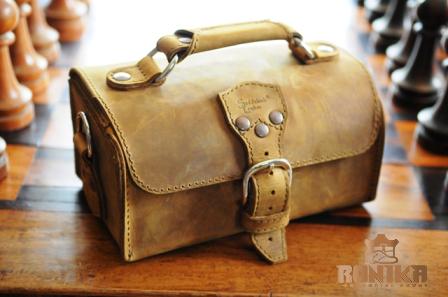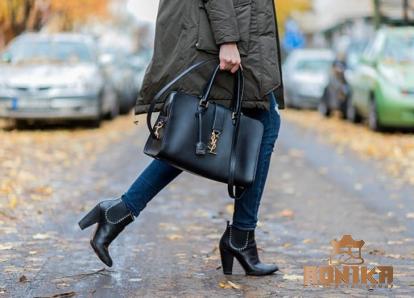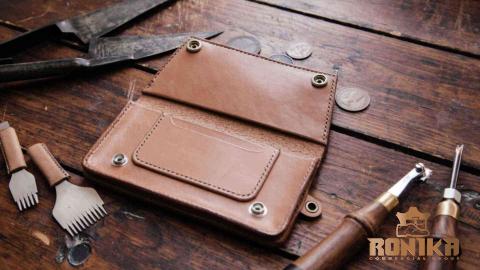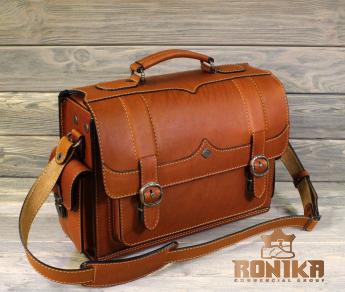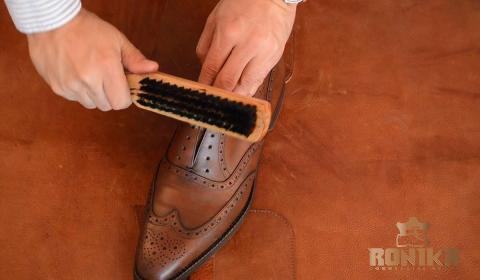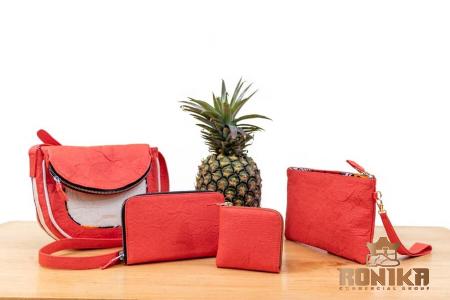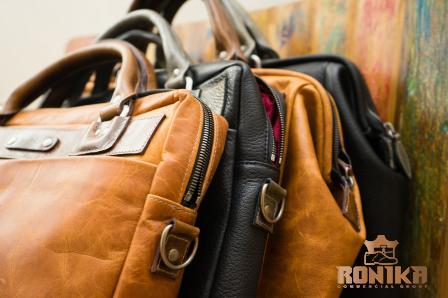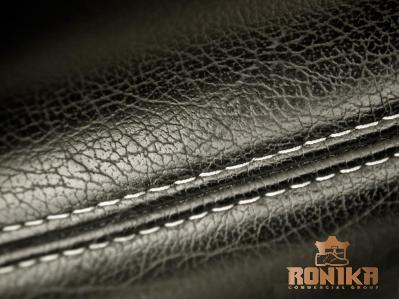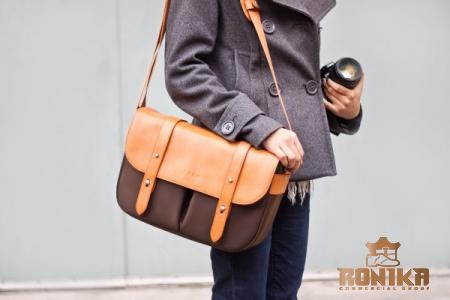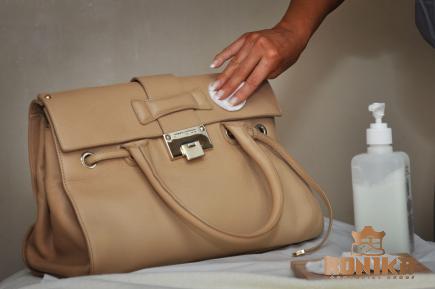Buy the latest types of colored leather shoes at a reasonable price
Several types of leather are used for making shoe
The leather that is used for footwear such as shoes, boots, and sandals is quite comparable to the leather that is used for bags
In addition to this, they are required to possess certain physical features, such as being resistant to bending and watertight
Another crucial component is the overall appearance of the leather, which must be tailored to the kind of footwear that will be produced (traditional for traditional footwear, fashionable for all other types of footwear)
The various varieties of leather used for shoemaking, along with their thicknesses and grains
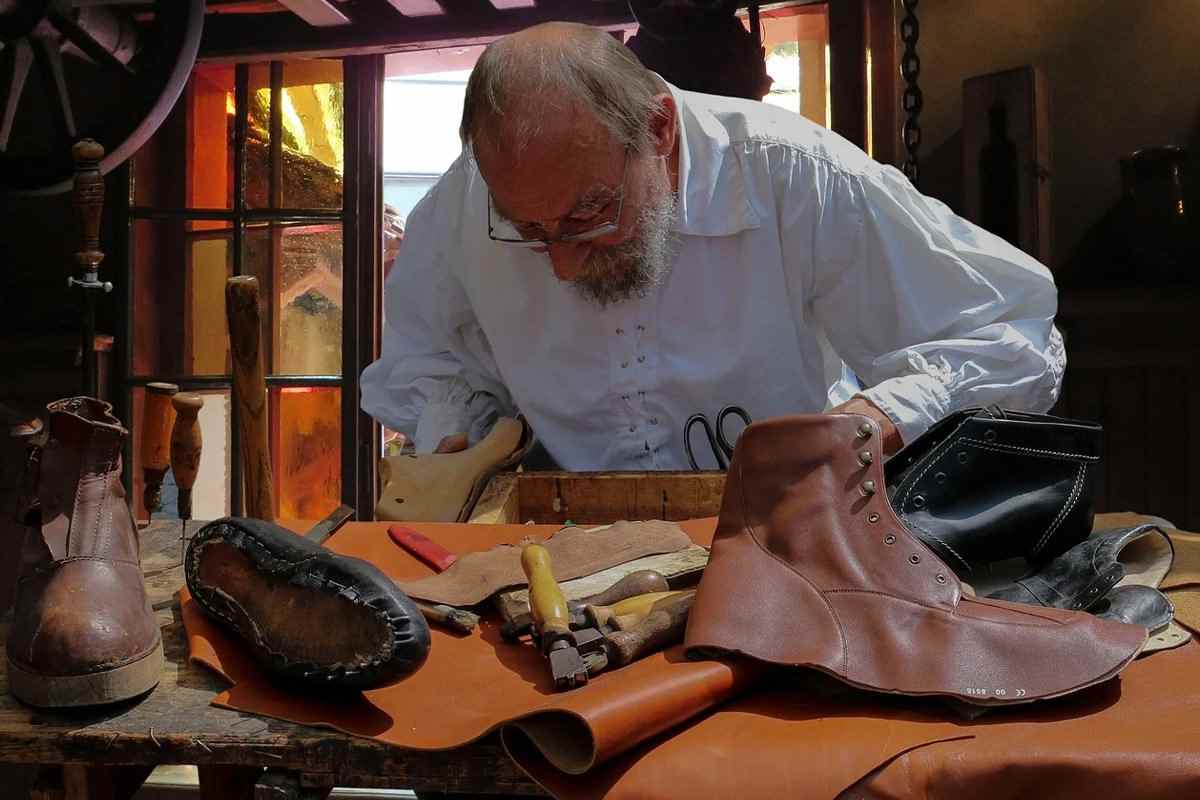
The majority of shoe leather, in contrast to other items made of leather such as sofas, garments, purses, and so on, is stretched over a last (a wooden or plastic form in the general shape of a foot) in order to create the shoe upper
Other leather-made items include things like sofas, garments, and purses
As a consequence of this, the thickness of the leather has to fall within a specific range
The type of leather also effects the style of the shoes you are producing
Different kinds of leather used for shoemaking Leather from Bovine Animals Leather from Pigs Rare and Precious Leather (snakes, crocodiles, fishes) Leather derived from sheep, goats, and lambs Leather made from kangaroos Calfskin is a type of leather that is commonly used because it is produced from the skin of a calf, it has a grain and fiber that are more compact, and it is typically thinner and lighter than cow hide
Goatskin, sheepskin, pigskin, snakeskin, and the skins of other exotic animals such as buffalo, elephants, kangaroos, and crocodiles are also varieties of leather
Other types of leather include goatskin, sheepskin, pigskin, and snakeskin
The price of cow leather is significantly lower than that of reptile skins
The leather that is used to make shoes may be broken down into the following categories:
Sole leather refers to the material that makes up the bottom of the shoe
The middle layer of a shoe, also known as the insole leather
The lining leather is used in the construction of the interior of the shoe
The upper leather of the shoe is considered to be its most visible component
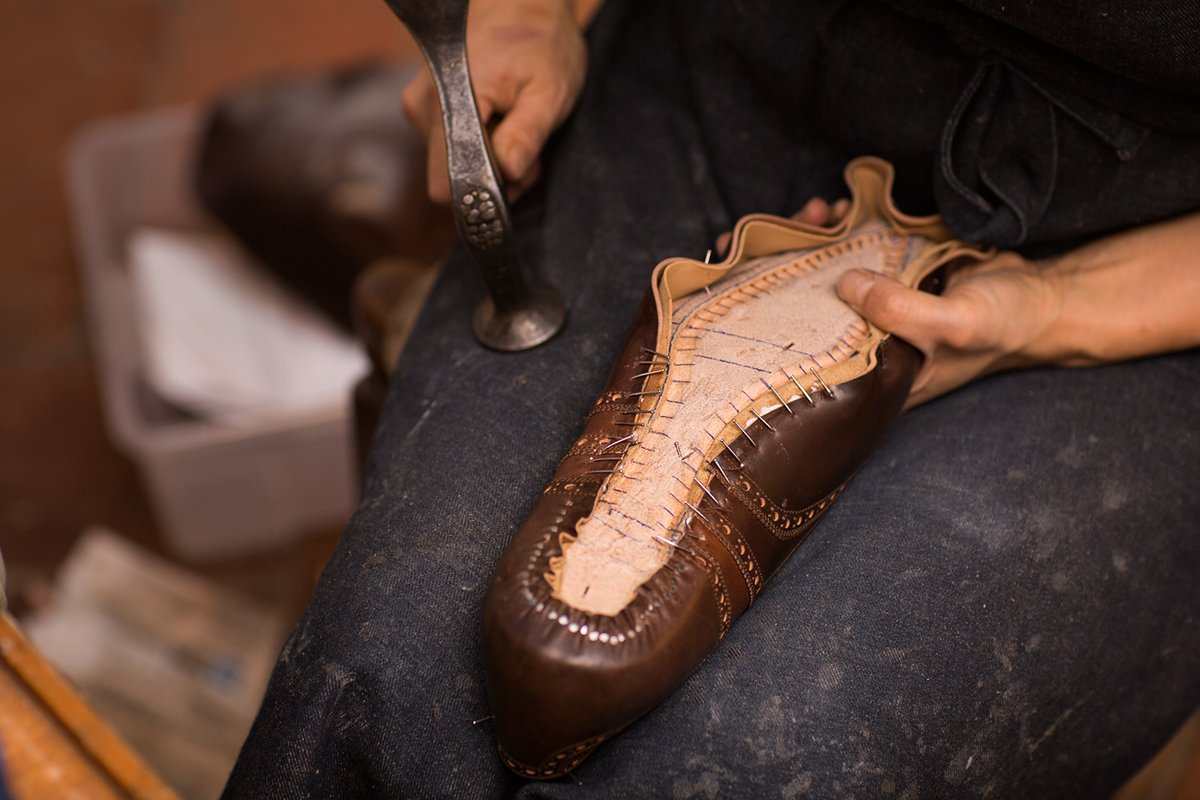
Thickness Leather’s thickness can be measured in millimeters, ounces, or fractions of an inch, depending on the type of leather
The thickness of a man’s shoe’s leather out-sole is around 5 millimeters
On a normal pair of dress or business shoes, the insole leather measures approximately 2
50 millimeters, and the shoe upper measures approximately 2 millimeters
About 0
5 millimeters of lining can be found inside
All of these thicknesses are subject to change according on the type of leather, as well as fashion and style
The grade of leather that a shoe maker purchased in order to make a certain line of shoes is directly correlated to the quality of the leather that was used in the production of those shoes
Leather is normally applied to the upper of a shoe with the grain facing outwards; however, shell cordovan has no grain, waxed leather is applied with the flesh side facing outwards, and suede leather has had the grain completely erased
When a piece of leather has imperfections in the grain, it is frequently polished (sanded) on the grain side in order to remove the imperfections
This, in turn, necessitates that the grain be corrected
Regarding leather with a rectified grain It’s possible you’ve heard of corrected grain leather being referred to as bookbinder leather
Full grain is the term used for grain that has not been processed in any way to rectify it
The coloring and finishing of the leather is one of the last steps in the tanning process (although chrome-tanned leather can be purchased in the “wet blue” state it is in immediately after the tanning process has been completed)
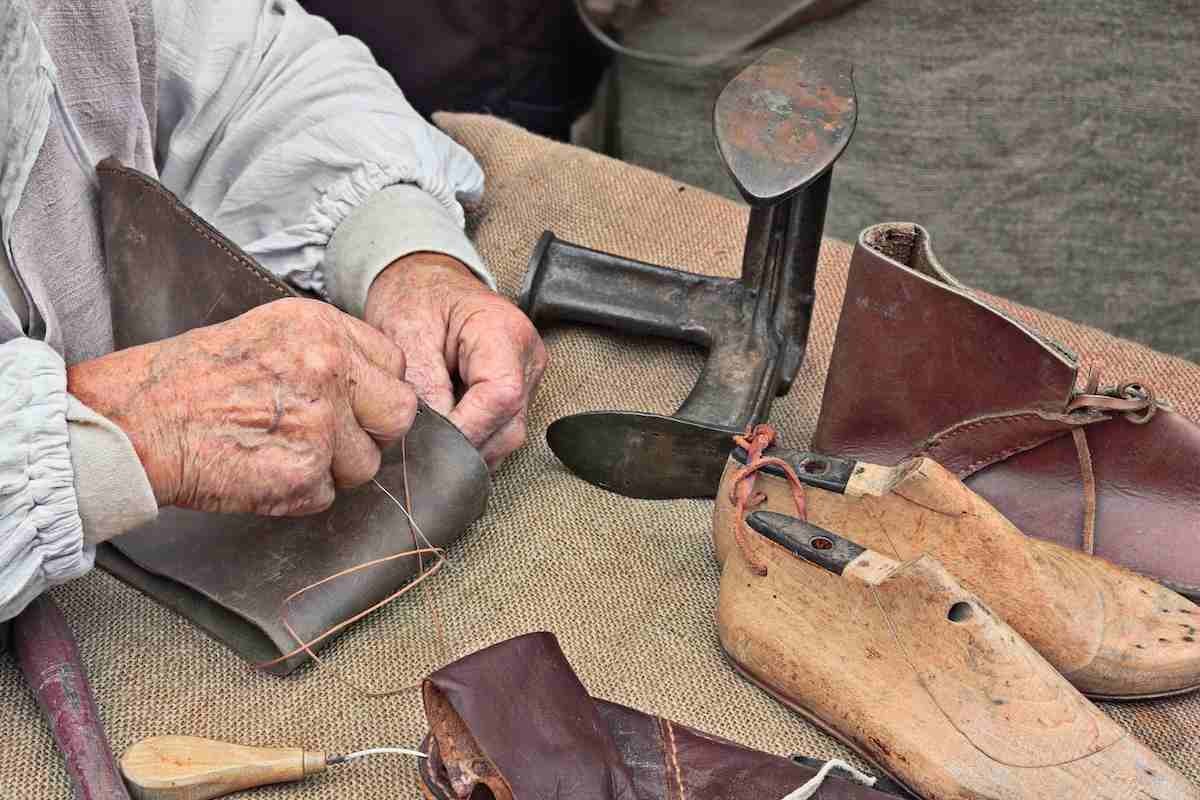
Aniline dyeing is often used to color leather of a high quality; this method ensures that the color penetrates the leather thoroughly
The leather won’t have the texture of coated leather when you touch it
In most instances, a very thin coat of clear or colored acrylic is applied as a final finish, and the leather is pressed under high pressure to give it some shine
In addition, the leather is given some shine
Additionally, certain shoe manufacturers may apply an extra finish that is either transparent or colored
When it comes to the application of the rectified grain, the pressing and the acrylic finish are the two steps that are required
As a consequence of this, rectified grain leather will have a more substantial finish compared to non-corrected grain leather
Finishes that have been corrected to the grain can range from a simple smooth surface to an imitation of animal skin
In most cases, leather with a corrected grain is of a lower quality than leather with a natural grain
This is due to the fact that the grain and aniline coloring would be hidden in higher quality leather if the correction were made
In addition, the leather’s quality may suffer according to the thickness of the polish
There are, of course, exceptions to this rule; for instance, some pebble grain shoes or boots can be made of high-quality leather; nevertheless, it is difficult to identify because the finish hides up certain characteristics of the leather
Flexing the shoe is the easiest way to determine whether or not it is made of leather with a corrected finish on the grain, which is technically what is meant by the term “corrected grain leather
” The more delicate the creases, the higher the level of finish on the shoe (the greater the correction)
Because there is such a wide variety of leathers used for making shoes, it is helpful to have some concept of the kind of leather you will be purchasing
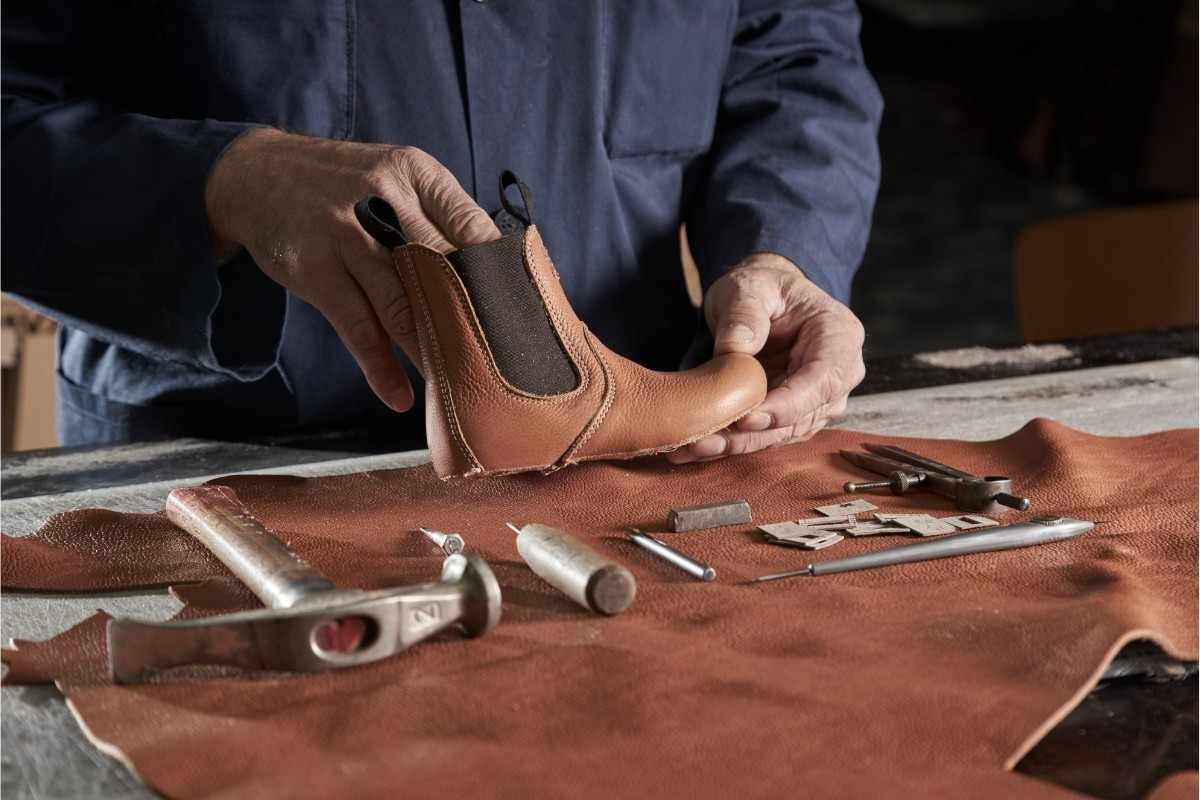
The price of a shoe is another one of the most important indicators you may use to determine whether or not it employs rectified grain
The price of quality is often rather high
Examining the sheen is yet one more method, particularly considering that rectified grain leather includes a significantly thicker layer of acrylic
Regarding the Use of Leather for Shoes When it comes to shoes made of leather, it is beneficial to have knowledge not only of leather in general but also of shoe leather in particular
People have a tendency to conceive of leather as being made from cow hide; however, the term “leather” actually refers to the hide of any animal that has been tanned in order to transform the dead animal into a long-lasting and useful substance (Leather)
Even though it is known as calfskin, leather is actually what the tanned skin of a young calf is called
Because it comes from a calf rather than a cow, calfskin has a grain and fiber that is more compact
It is also thinner and lighter than cow hide, which makes it superior for use as shoe leather
There are also various varieties of animal leather, such as goat and sheep leather, pigskin or peccary (originating from pigs), cordovan shell (originating from horses), and of course other exotic animal skins, such as buffalo, elephant, kangaroo, and so on
There are also skins of reptiles and birds, such as alligator, crocodile, lizard, and snake
Examples of bird skins include ostrich
However, despite their longer lifespan and lower maintenance requirements in comparison to animal leathers, reptile skins are more expensive
Bovine leather, often known as cowhide or calfskin, is the type of leather that is used in shoes more frequently than any other type
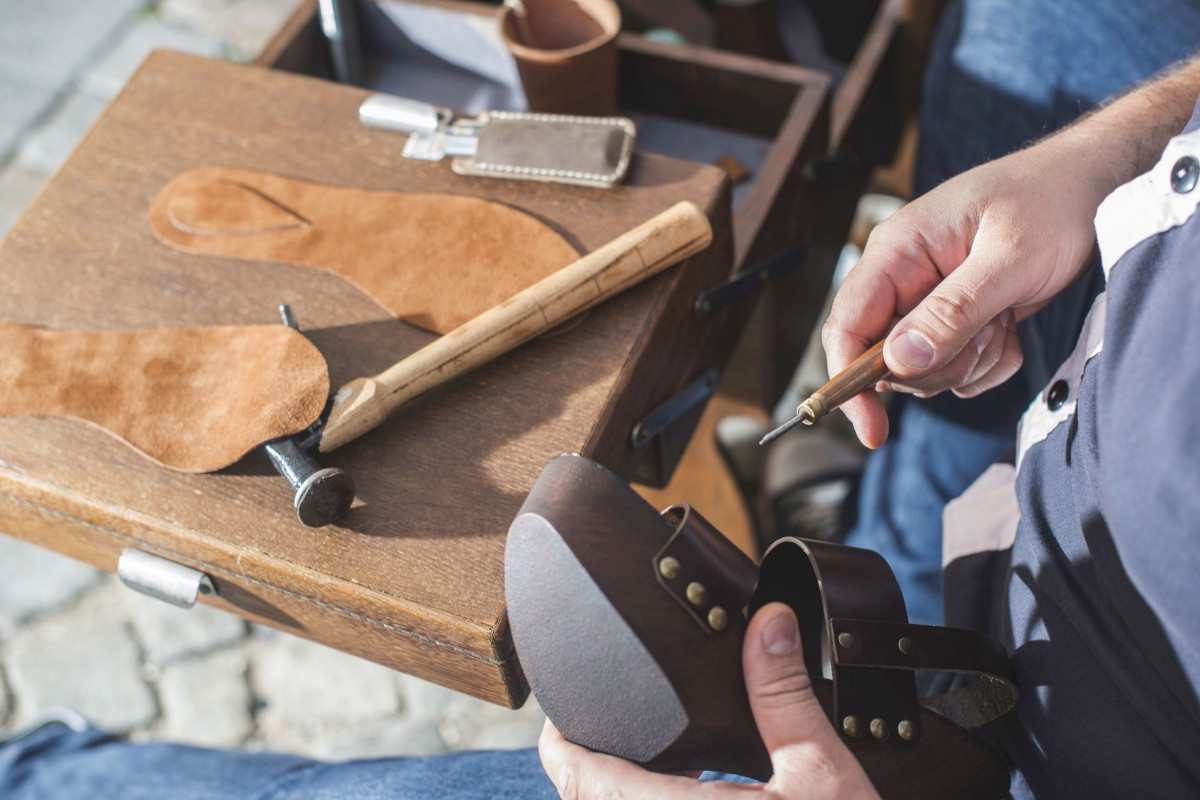
As was said earlier, high-quality leather suitable for use in shoemaking can be found in the following places:
The bottom of the shoe, or the outsole (the part that touches the ground)
The footpad or the insole of the shoe (the part your foot rests on)
The insole and the lining of the shoe (between your foot and the upper)
The heel of the shoe (as in layered layers of leather to produce the heel) (as in stacked layers of leather to create the heel)
The top part of the shoe (the rest of the shoe, excluding the items above)
Shoes that are not entirely made of leather may feature rubber soles, insoles made of a variety of materials, and heels made of wood, rubber, or plastic
All of these components can be found in the shoe
If you have the option, I would recommend purchasing shoes made entirely of leather; but, if you will be standing in surroundings that are cold and wet, you might want to consider purchasing shoes with rubber soles
The High-Quality Leather Used for Shoes The grade of leather that a shoe maker purchased in order to make a certain line of shoes is directly correlated to the quality of the leather that was used in the production of those shoes
The following are the two primary ways to grade leather: 1) The quality of the hide in general (the number of scars and other defects, for example), and 2) The region of the hide that a particular piece of leather is cut from (the back, the belly, the front shoulders, and so on)
Leather quality is traditionally assessed in four grades, with grade 1 being the highest, and grade 4 being the worst
This indicates that even grade 1 hides, which have very few to no flaws, can contain grade 4 leather (belly skin)
Because the quality of the leather is most apparent in the shoe upper, selecting the appropriate grade of leather to use in the shoe upper is the most important consideration

The greatest shoe leather available would be that used for shoe uppers, and it would be grade 1 leather taken from the back part of the hide (and also makes for a very expensive pair of shoes)
Leather is normally applied to the upper of a shoe with the grain side facing outward; however, certain types of leather, such as shell cordovan and waxed leather, are applied with the flesh side facing outward, while the grain has been completely erased from suede leather
Inside out leathers are often subjected to very high pressure during the pressing process, which smoothes out the surface by compressing the fibers
When a piece of leather has imperfections in the grain, it is frequently polished (sanded) on the grain side in order to remove the imperfections
This, in turn, necessitates that the grain be corrected
There are other names that are used to refer to corrected grain leather, including top grain leather and bookbinder leather
Full grain is a term that refers to grain that has not been repaired in any way, meaning that there were no imperfections present in the grain to begin with
Because the phrase “top grain” has also been used to characterize the grain side of the leather, full grain and top grain are now considered to be equivalent terms, which can lead to confusion
The coloring and finishing of the leather is one of the last steps in the tanning process (although chrome-tanned leather can be purchased in a “wet blue” condition)
Chrome-tanned leather can be purchased in a “wet blue” state
Aniline dyeing is often used to color leather of a high quality; this method ensures that the color penetrates the leather thoroughly
In most instances, a very thin coat of clear or colored acrylic is applied as a final finish, and the leather is pressed under high pressure to give it some shine
In addition, the leather is given some shine
When it comes to the application of the rectified grain, the pressing and the acrylic finish are the two steps that are required
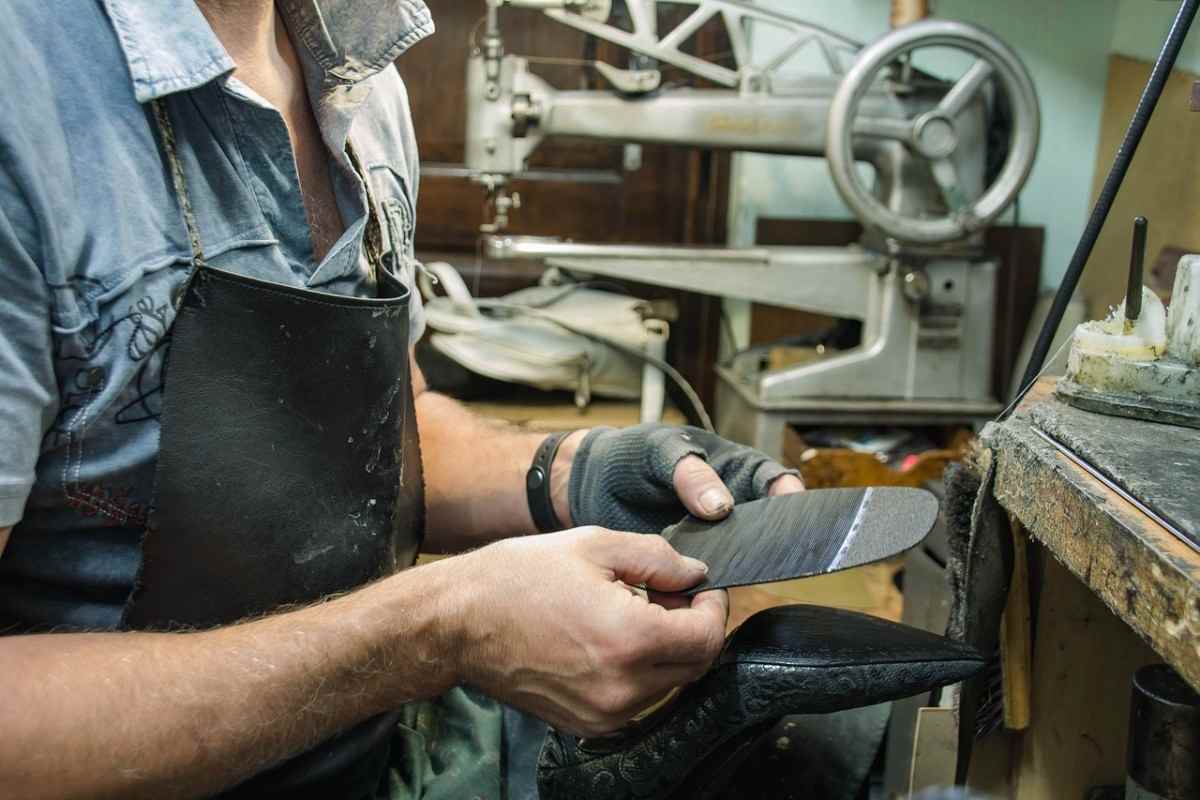
As a consequence of this, corrected grain leather will have a more substantial finish than non-corrected grain leather, and it will also have a tendency to be somewhat more glossy
Patent leather is rectified grain leather that has been coated with a thick layer of acrylic and polished to a high sheen
Our company is prepared to provide different kinds of leather to customers and business owners around the globe
We have built trust with our customers by providing with the best quality leather we have to offer
Therefore, our cooperation has lasted for a long time
We use the best tanning process to produce high quality leather with long durability and great strength
There are different patterns and colors of leather available
If you would like to gain more information about our leather fabrics, do not hesitate to contact our consultants who are available 24/7 to answer all your questions
